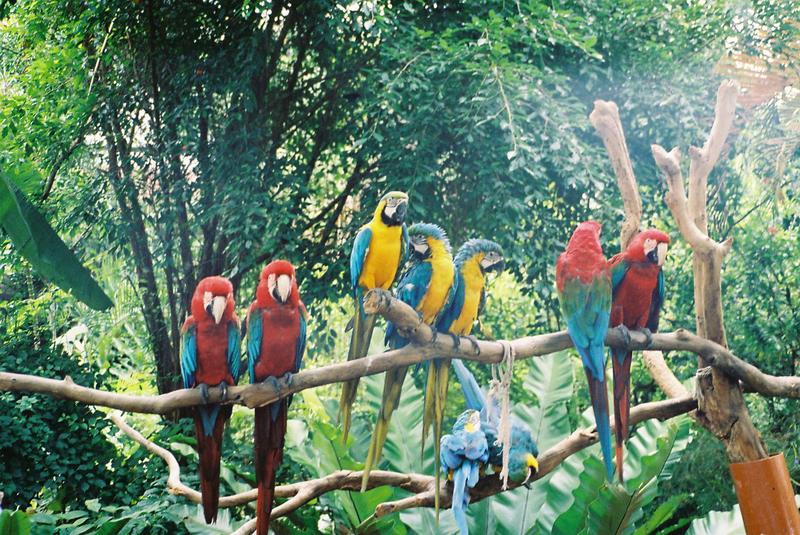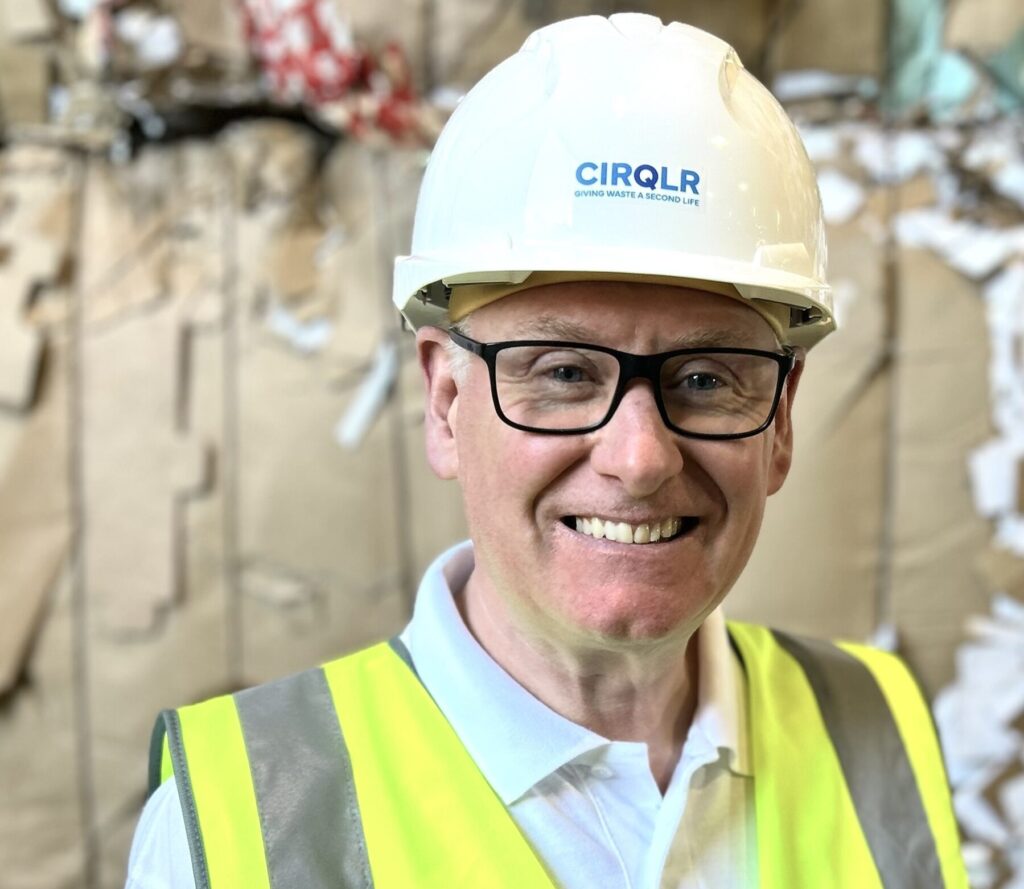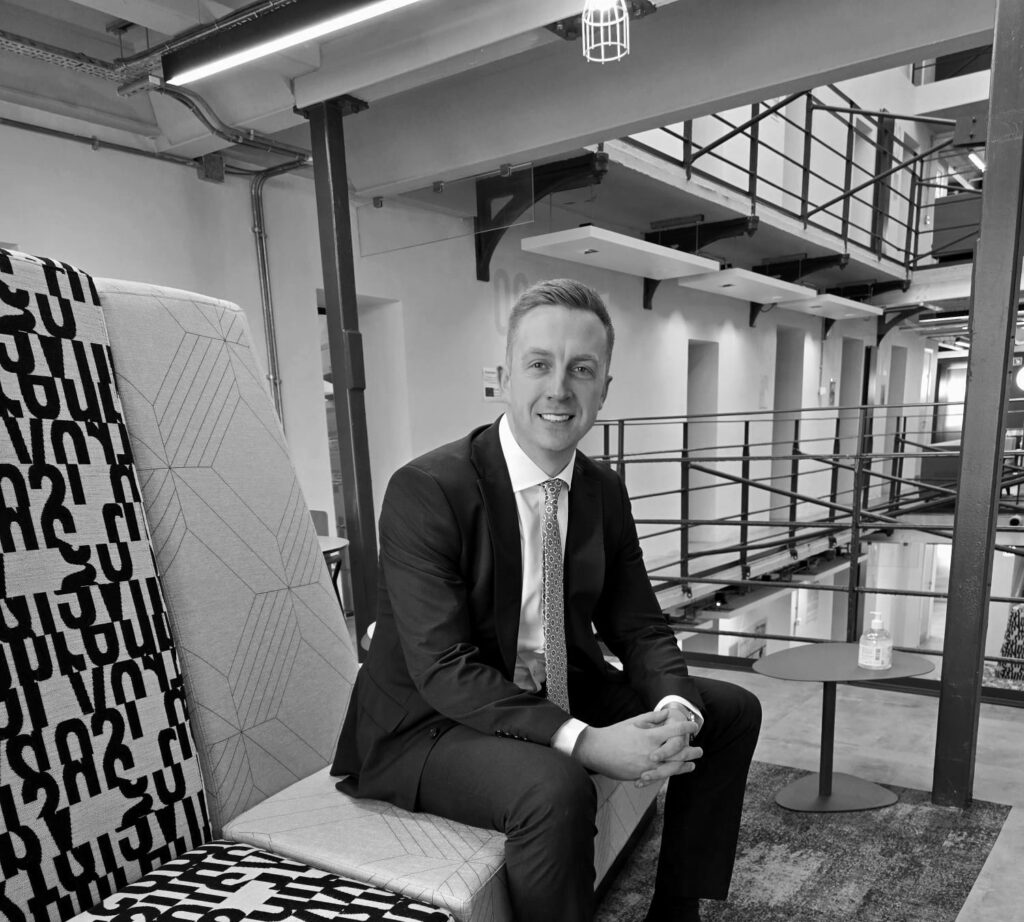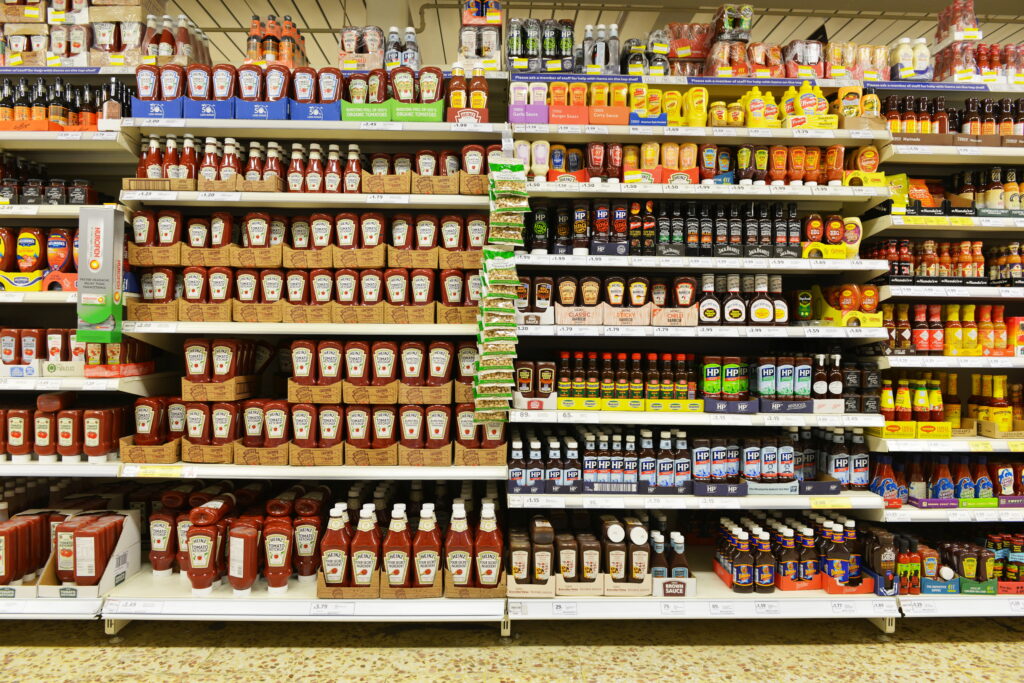This article shows how far Singapore has progressed with its management of wastes with high proportions recycled and recovered and only minimal amounts going to landfill. Even most of the waste currently going to landfill in a short time could be re-used. Singapore is a city-state with a population of 4.8 million, a high population density of 6,500 people per km2 and very limited natural resources. Therefore Singapore has a huge incentive to ensure that it addresses sustainable resource management.
Vaneeta Bhojwani, Senior Engineer, Resource Conservation Department of the National Environment Agency (NEA) for Singapore explained that when the Singapore Green Plan 2012 was adopted as its waste management strategy Singapore wanted to follow the principles of the waste hierarchy. However, the main target was to reach a 60% recycling rate for the island's waste by 2012.
Singapore has focused on waste minimisation to change the amounts of waste generated, especially from the household sector. The first priority was to reach a voluntary agreement with the food and beverage and packaging industries, a major source of household waste, to reduce the amount of packaging generated and this was established in 2007.
At the Opening Ceremony at the Congress awards were presented to 10 of the 31 companies which had signed the voluntary agreement in 2007 and had reduced their packaging waste during the past year. These included Tetra Pak, Kentucky Foods, Coco Cola, McDonald's, Subway and Nestle. A further 31 companies also signed up to Singapore's voluntary agreement on packaging waste on the opening day of the Congress.
Another initiative is encouraging the use of reusable bags to help reduce wastage of plastic carrier bags. Despite the limited amount of waste associated with the plastic carrier bag it is an iconic packaging product. In April 2007 the major supermarket in Singapore agreed that on the first Wednesday of every month they would institute a Bring Your Own Bag Day (BYOBD). Members of the public can still have plastic bags but they are encouraged by cashiers to donate S$0.10 (£0.05) for each one, with the money collected helping to finance the environmental activities of the Singapore Environment Council, an NGO. In order to make it easier to remember and as result of public requests every Wednesday is now BYOBD since 4 June 2008.
The campaign has helped raise public awareness of the need to cut wastage to conserve resources. More shoppers are bringing their own bags but participation is still relatively low. Acknowledging that getting people to switch over to reusable bags requires a mindset change that will take time and therefore participating retailers will continue to work on the campaign.
The national recycling programme is a voluntary recycling programme for households and trade premises. Recycling bags and bins are provided for the storage of recyclables which are then collected door-to-door fortnightly. In this way, most of the island's population has the opportunity to participate and 63% of the households are participating. In addition, there are 3,800 recycling bins located throughout the island. These wastes are processed in MRFs but the reprocessing of the wastes mainly takes place elsewhere as the quantities generated and collected are relatively low to sustain a reprocessing industry.
The national recycling programme is a voluntary recycling programme for households and trade premises. Recycling bags and bins are provided for the storage of recyclables which are then collected door-to-door fortnightly. In this way, most of the island's population has the opportunity to participate and 63% of the households are participating.
Jeff Cooper
In 2001 Singapore decided to change the previous system whereby the State through the NEA undertook the collection of household waste (and its disposal) by contracting out the operation. Bids were sought for 9 areas within Singapore for daily household waste collections and a fortnightly collection of dry recyclable wastes.
The initial contracts were phased and were for a period of 5 years and during 2006 the collection contracts were re-tendered for the first time for 7 years, which will be the normal length of contract for the future. Four of the contracts are held by a local company, formed from the rump of the old state waste collection enterprise, 3 are held by SULO, now taken over by Veolia, and the other two are held by local companies. Despite pressure to go over to less frequent servicing of households' residual waste in order to enhance the recycling collections and segregate further waste fractions to date that has been resisted.
The problem with fortnightly collections of recyclable wastes from Singapore's predominant high rise housing units is the time and effort needed to collect the wastes. Therefore in several cases this operation is sub-contracted out. Either the sub-contractor is paid for the tonnage of recyclable wastes collected and supplies the bags or the subcontractor is paid a fee for servicing the households and the bags are supplied to the sub-contractor.
A further issue is the loss of recyclable wastes from the households or more usually from the bank sites that used to be raided by local entrepreneurs when the value of the main secondary materials was high. However, at least it was being reclaimed and recycled.
For industrial and commercial wastes there are a variety of recycling initiatives that have been developed by local companies, including the composting of horticultural wastes. Wood wastes are shredded to make particle board achieving a 37% recycling rate and plastics are recycled but at only a 12% rate. Nevertheless most of the commercial and industrial plastics is processed on the island and are often made into new products as well.
Construction and demolition (C&D) waste comprises mainly non-incinerable materials such as concrete, metals, ceramics, stone bricks and sand. The NEA charges S$77 per tonne for waste disposed and this provides an incentive for C&D companies to cut costs by reducing waste through better work processes, adoption of good construction practices and segregation of waste for recycling.
The NEA has also facilitated the setting up of C&D waste recycling facilities such as ensuring that land is available to set up recycling plants, and providing funding support for test-bedding new technologies under the Innovation for Environmental Sustainability Fund. The recycling rate exceeds 90% and even the “slag”, shot blasting materials used in the shipping maintenance and repair sector, is being re-utilised.
In 2006 the overall Singapore recycling rate was 51% and rose to 54% in 2007. Singapore expects to increase this further through the recovery of the 1,500 tpd of IBA (incinerator bottom ash). A pilot plant for IBA processing has been built, partly aided by a research grant from the government, to evaluate the best options.
During 2008 the move towards greater reprocessing and re-utilisation of C&D wastes was given a considerable boost when Indonesia decided that it would no longer send aggregates to Singapore. There is now even greater incentive to ensure that any wastes from C&D are reclaimed and also from other sources, such as IBA from the incineration plants, used as sub-base material for road construction in early 2008.
While state intervention is limited it is helping to push more waste up the hierarchy. Therefore any waste that is combustible has to go into one of the island's incineration plants, all of which are owned and managed by the state and the cost is S$77 (£36 as at November 2008) per tonne. Of the 7,000 tpd presented for incineration 57% comes from households and only 43% from commerce and industry.
The island's 4 incineration plants were built between 1979 and 2000 with the capacity of each one getting bigger each time. The first had a capacity of 1,100 tonnes per day, then another with higher capacity of 1,700 tpd, the third 2,400 tpd finally 3,000 tpd for the last in order to accommodate ever increasing amounts of waste. Now due to Singapore's success in recycling more wastes the first plant is to be replaced at the same capacity, 1,100 tpd through a design build and operate contract and due to become operational in 2009 or early 2010.
Outputs from the incineration plant include 938m kWh of electricity in 2006 and a similar amount in 2007, around 3% of the island's electricity consumption, and 14,000 tonnes of scrap metal each year
Jeff Cooper
Outputs from the incineration plant include 938m kWh of electricity in 2006 and a similar amount in 2007, around 3% of the island's electricity consumption, and 14,000 tonnes of scrap metal each year. Through the success of its waste reduction and recycling measures Singapore will be able to extend the time for replacement of its other incineration plants. However, those plants are likely to be contracted out as the NEA devolves direct responsibility for waste disposal operations.
The Semakau Island Landfill Site
On 31 March 1999 the last mainland landfill was shut down to be replaced by an offshore landfill. This necessitated the building of a barge transfer station at so that all the incineration plants' bottom ash can be shipped together with the modest amounts of industrial and C&D wastes.
The 4% of non-combustible waste plus the IBA currently consigned to the island's only landfill, Semakau, which was constructed in the 1990s as a land reclamation project with a 7km bund enclosing 2 small islands producing a 350ha site with 63m m3 capacity. Fully lined and carefully engineered it was expected to last Singapore 20-25 years. With the reduction of waste being sent for landfill it is now expected to last 35-40 years and potentially substantially longer if the IBA is recovered.
The island landfill was split into two areas with the first sub-divided into 11 tipping areas
Even now the landfill is now being opened up for a variety of leisure and recreational purposes, including sport fishing, bird watching, walking the inter-tidal zone and star gazing.
The New ISWA Board
At the ISWA Congress in Singapore in November 2008 there were a number of significant changes to the 11-member ISWA Board, where the British Isles has two Board members. Steve Jenkinson, the CEO of the Greater Manchester Waste Company, who represents the Organisation members of ISWA, those companies, municipalities and organisations who are key supporters of the ISWA, fulfils his second year of appointment. Jeff Cooper, having been the chair of the Scientific and Technical Committee (S&TC) of ISWA for eight years, from 2008, was elected Vice President for the period 2008-2010 to be President in 2010-2012.
Antonis Mavropoulos, a waste management consultant from Greece took over from Jeff Cooper as the Chair of the S&TC. Helmut Stadler, who is a lawyer and the President of ISWA Austria and in charge of Salzburg's waste management system, was appointed as the Honorary Treasurer of ISWA.
ISWA currently is in transition between Copenhagen, where it has had its headquarters for the past 20 years and its new office in Vienna. The Copenhagen office was closed down on 28 November 2008. ISWA is now in temporary offices for a year before occupying offices close to Vienna City Hall provided rent-free by the City of Vienna for ten years from 1 January 2010.









Subscribe for free